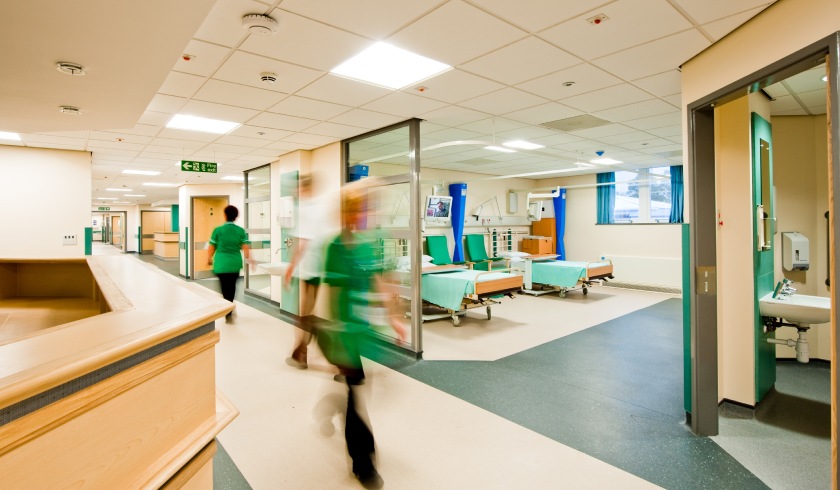Healthcare assets set for 20-year boom
Currently worth $25 billion, Australia’s private hospital sector is bracing for substantial growth over the next two decades as a large percentage of the population ages.

New research from JLL indicates that the industry’s real estate assets are likely to increase by at least 63 per cent over the ensuing 20 years, buoyed by a robust need for services.
Standalone medical centres, which are typically occupied by GP clinics, day surgeries or allied services, add another $15 billion in value to the Australian healthcare sector, the commercial specialists reported.
According to the firm’s head of alternative investments in Australia Noral Wild smart investors are being drawn to the sector because of its relative stability compared to other commercial ventures.
“Healthcare is a non-discretionary expense, no matter what is happening in the wider economy,” Ms Wild said.
“We saw that during the global financial crisis, household spending on health remained steady even as consumers reduced spending in other areas. This has continued during the pandemic, ensuring the resilience of real estate associated with healthcare.”
The firm estimated that in Australia, healthcare real estate is equivalent to 25 per cent of the industrial sector and about 10 per cent of the office sector by value.
However, one challenge in getting in on the action, Ms Wild noted, is that the “investable universe” is still fairly small. But based on the country’s shifting demographic profile, activity will ramp up in the coming years, with the sector’s value expected to reach $41 billion by 2041.
“Development of new assets will be a key strategy for managers, and those who have existing relationships with major hospital operators will have a significant advantage,” she said.
The extensive needs required to get medical facilities up and running also adds to the stability of assets in the sector, but it also means that they lend themselves better to investors willing to make long-term commitments.
“Operators invest heavily in the fit-out of their buildings, whose form is strictly regulated by legislation and often includes specialised construction features such as lead-lined radiation rooms. This means a typical lease is 25-30 years for private hospitals,” Ms Wild noted.
JLL’s director of alternative investments Simon Quinn added that while the pool of interested investors in this sector was once relatively small – much like the sector itself – the pandemic had brought renewed attention to its benefits and caused an uptick in activity from real estate investment trusts, adding pressure to prices.
“Since the onset of the pandemic many investors have broadened their strategy to include social infrastructure.
“Throughout 2021 we saw investment metrics across the healthcare sector considerably outperform core sectors including office and retail. The acquisition environment has become increasingly competitive over 2020 and 2021, putting downward pressure on healthcare yields,” he said.

